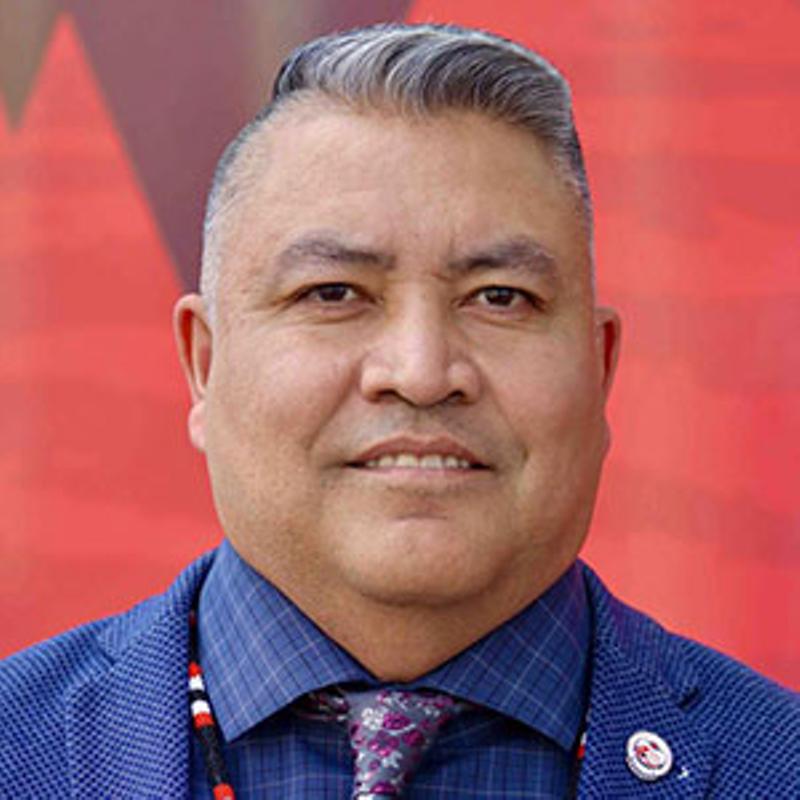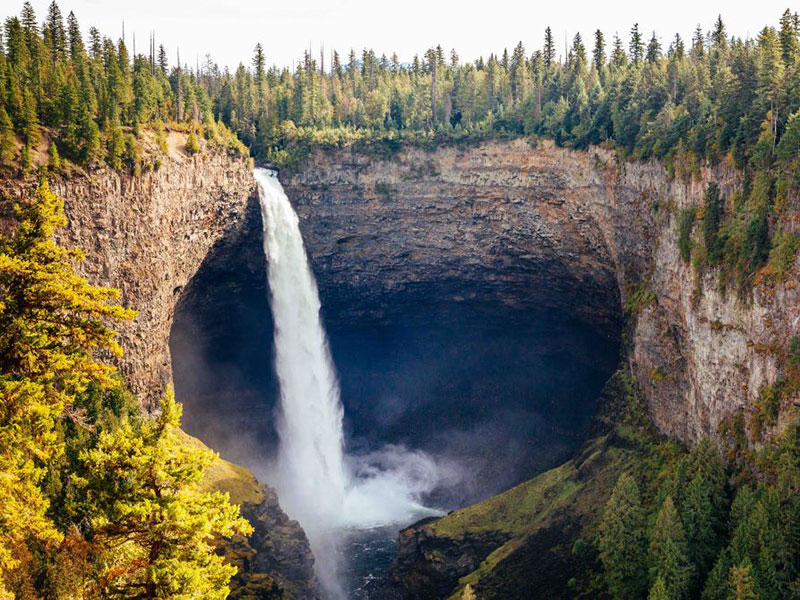In B.C., a booming industry can be found in the Cariboo, all along the Fraser River, the Tulameen and Similkameen area around Princeton, and the Omineca region north and west of Prince George. There, placer mining is big business. Placer mining is the practice of relentlessly excavating sand and gravel from old and current stream beds to extract minerals. Global demand for the “critical minerals” found through placer mining will drive this boom far into the foreseeable future.
But we are ill-prepared for this. Provincial placer mining laws are hopelessly outdated and blind to First Nations’ rights and interests.
Placer mining has a dark history in British Columbia. In the mid-1800s, gold-hungry prospectors triggered the Chilcotin and Fraser Canyon wars against First Nations. At the same time, prospectors introduced smallpox, killing more than half the First Nations people on the British Columbia coast. In the end, early placer miners gutted valuable fish streams, leaving behind massive amounts of waste rock, gravel, sand and toxic mercury.
Today, modern placer mining continues to harm Indigenous people by devastating streams critical to communities. The mining destroys stream channels, pools and spawning beds — and decimates fish populations. One scientific study found that mined streams supported only 1/40th of the fish populations found in unmined streams. The Cohen Commission on the decline of sockeye salmon found that “placer mining has a potentially severe impact on sockeye salmon.”
In addition to impacting fish, placer mining ravages the upland riparian zone — the most productive wildlife habitat and home to key medicinal plants.
All these physical impacts are exacerbated when placer mines exclude First Nations from traditional hunting, fishing and gathering sites. Frequently, First Nations get fenced out of areas where they have gathered for millennia.
Overall, placer mining impacts Indigenous food supplies, nutrition and health — and a whole galaxy of social, ceremonial, spiritual and cultural practices essential to community well-being.
Of particular concern is the threat that modern placer mining could mobilize highly toxic mercury from historic placer mining and release it into watersheds. In California Gold Rush rivers, authorities have thoroughly documented the problem of historic mercury contamination — and issued health warnings against eating fish from rivers affected by original Gold Rush placer mining.
Placer mining is an industry that must be stringently regulated. However, B.C. laws are inadequate for the task. For example:
- B.C. law still allows miners to stake placer claims without Indigenous consent.
- B.C. placer mines still do not undergo an environmental assessment before approval, unlike in the Yukon.
- The provincial government does not enforce adequate "setback" requirements to keep placer operations away from sensitive streams, lakes, wetlands and riparian areas.
- The lack of adequate reclamation requirements has created vast un-reclaimed placer barrens where vibrant ecosystems once thrived.
- Even where B.C. has environmental rules, government inspection rates are low, and industry non-compliance rates are high.
- First Nations’ rights to consultation, accommodation and consent are being systematically ignored.
The province’s failure to properly regulate or mitigate mining damage profoundly impacts First Nations people. Inadequate placer mining laws are inconsistent with several fundamental rights enshrined in the United Nations Declaration on the Rights of Indigenous Peoples Act, including:
- The right to enjoy subsistence and engage freely in traditional activities;
- The right to participate in decision-making that affects Indigenous rights; and
- The right to require that projects — and laws — affecting First Nations’ resources only proceed with the free, prior and informed consent of First Nations.
The Declaration on the Rights of Indigenous Peoples Act obliges the B.C. government to “take all measures necessary to ensure the laws of British Columbia are consistent” with the above rights. Clearly, today’s lax mining laws fail to be “consistent” with these rights. Therefore, the province must reform mining laws to protect the rights of First Nations to carry on traditional activities — and to govern development in their own territories.
Because of the province’s express legal obligation, we have just filed a submission to Premier David Eby and B.C. Minister of Energy, Mines and Low Carbon Innovation Josie Osborne, requesting a moratorium on the issuance of placer mining leases and claims until the Mineral Tenure Act has been modernized in accord with the province’s commitment to the Declaration on the Rights of Indigenous Peoples Act Action Plan and pursuant to a Crown-First Nations process that aligns with the UN Declaration on the Rights of Indigenous Peoples.
All new placer mining must be put on hold until laws are passed to better protect B.C. watersheds and respect the rights of First Nations. ![]()
Read more: Indigenous, Rights + Justice, BC Politics, Environment


















Tyee Commenting Guidelines
Comments that violate guidelines risk being deleted, and violations may result in a temporary or permanent user ban. Maintain the spirit of good conversation to stay in the discussion and be patient with moderators. Comments are reviewed regularly but not in real time.
Do:
Do not: